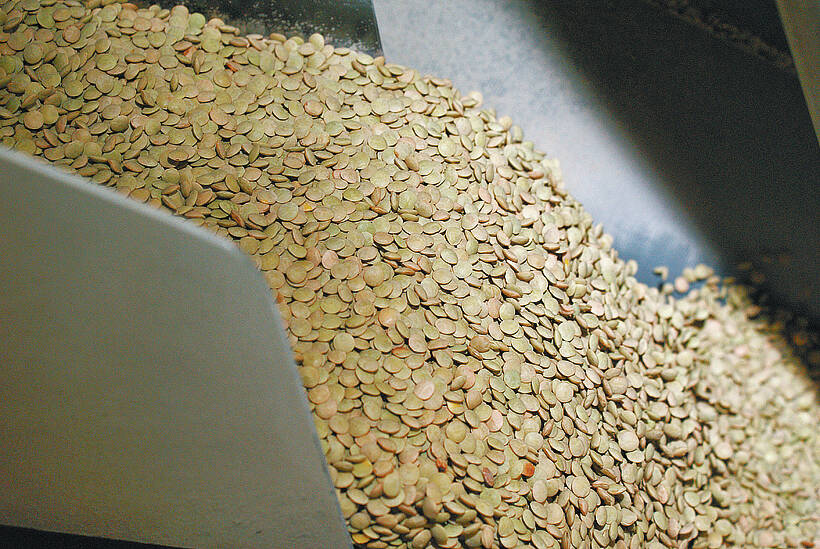Fed cattle prices rise
The year started off on a positive note for fed cattle, setting a trend that is expected to continue through the year.
There was no Canfax report for the week ending Jan. 1, so Canadian numbers are not available.
But in the United States, cash fed cattle prices rose above $60 (U.S.) per hundredweight on light trade. The futures market has also gained about $3 per cwt. in the last two weeks.
Analysts say U.S. beef supplies will begin to fall and prices will be significantly higher this year.
Read Also

Green lentil market oversupplied
Farmers in Western Canada can expect price pressure on their new crop of green lentils, as the available supplies among the world’s major lentil-growing nations increase significantly.
After more than a year of herd liquidation, the United States Department of Agriculture says beef production in the first three months will be down five percent from 1998. In the following three quarters, production will decline seven to eight percent.
Some analysts are predicting prices in the mid-$70s by the time spring cookout season arrives.
Hog prices bottom out
The USDA hog report for Dec. 1, 1998 came in more bullish than what analysts expected. Details are available in the story on page 13.
Glenn Grimes, of the University of Missouri, said the breeding herd decline continued through December at a rapid rate.
Cash prices have recovered slightly from pre-Christmas lows due mainly to a couple of big U.S. packers setting floor prices for hogs at about $15 (U.S.) per hundredweight.
Grimes says the number of head available for slaughter should finally drop below plant capacity early in the first quarter, leading to further price recovery, but producers will probably still be in a losing position until this summer.
U.S. cash prices Dec. 30 at plants in Iowa were $18 (U.S.) per cwt.
In Manitoba, index 100 hogs, including premiums, rose to $62.15 per 100 kilograms on Dec. 29, up from $59.33 on Dec. 23.
The USDA report also showed that the number of hog producers is falling and the average size of production units is rising. The total number of hog operations fell to about 114,400. That is six percent less than 1997 at the same time and down 20 percent from 1996.
Farms with more than 2,000 head totaled only six percent of operations, but controlled 64 percent of production. Operations with more than 5,000 head accounted for 42 percent of production.
The number of hogs raised under contract for big producers accounted for 23 percent of the total U.S. hog inventory.














